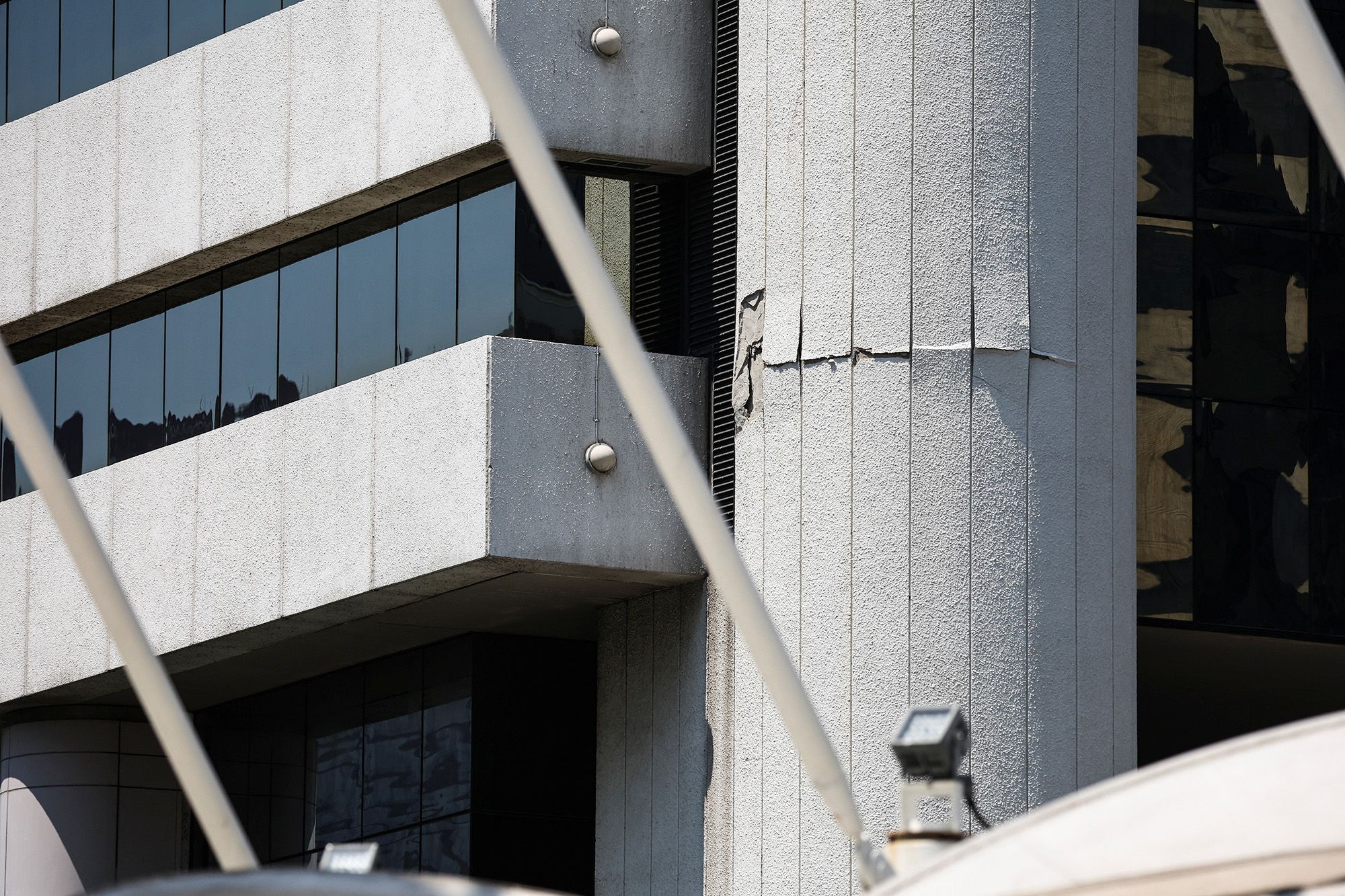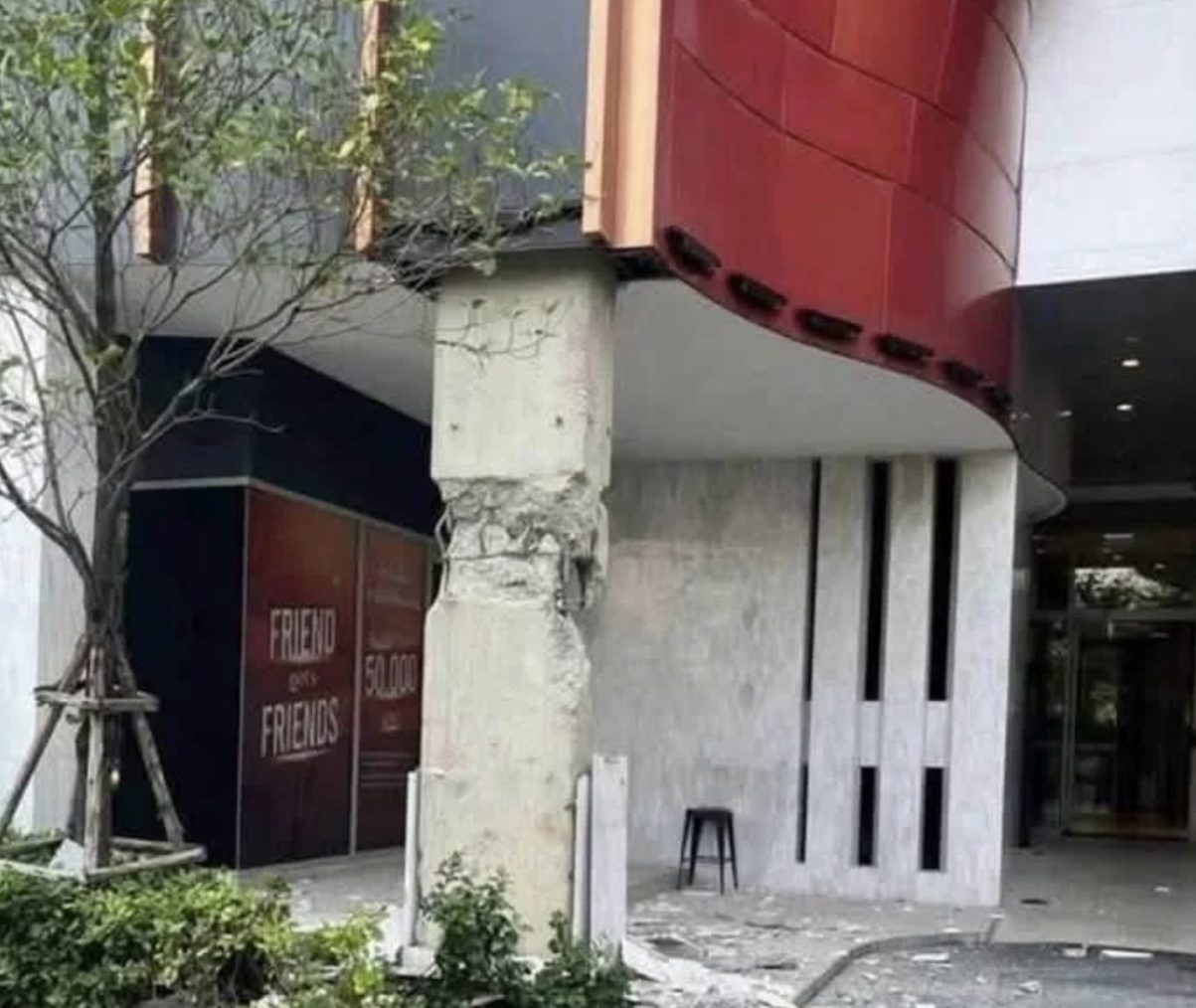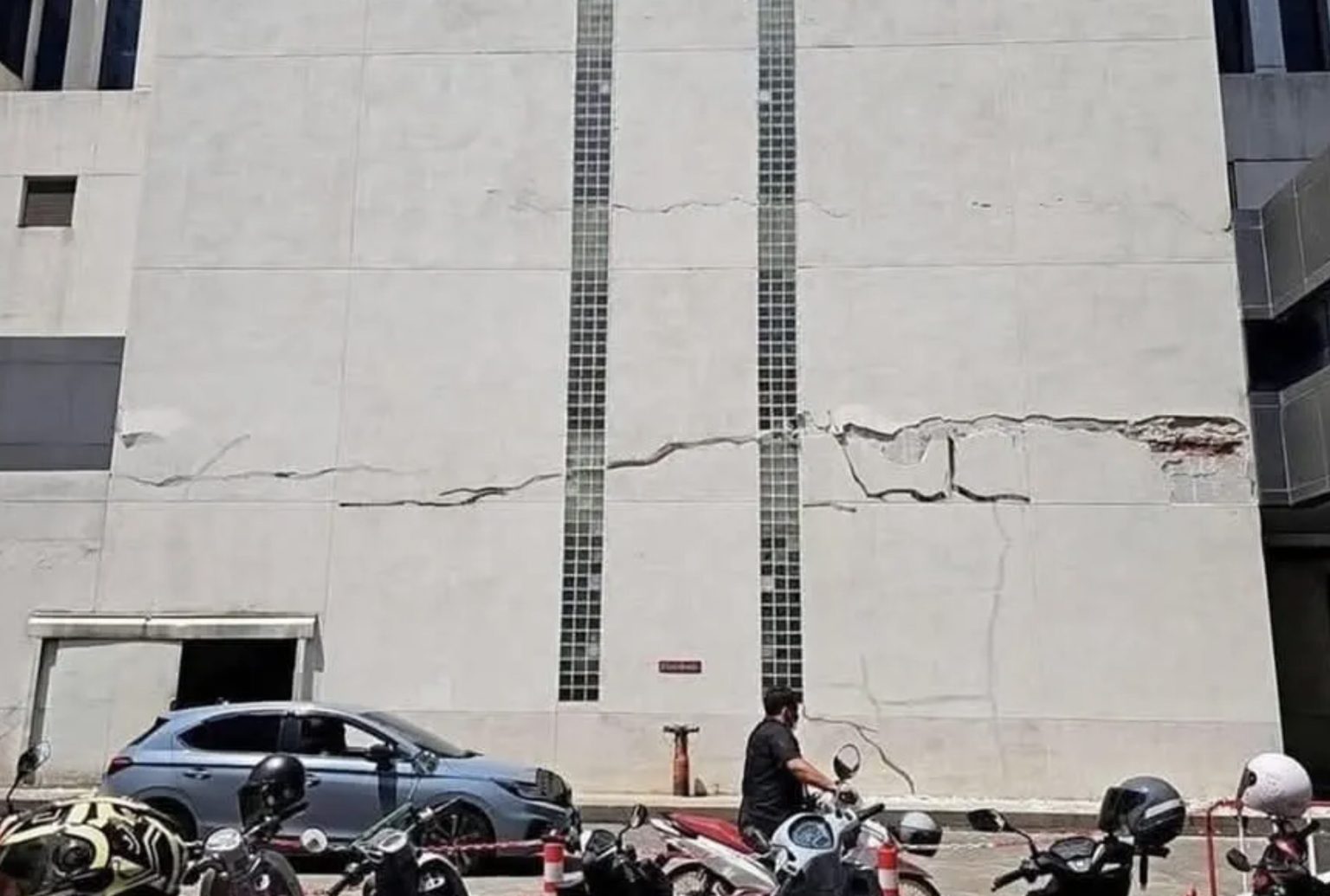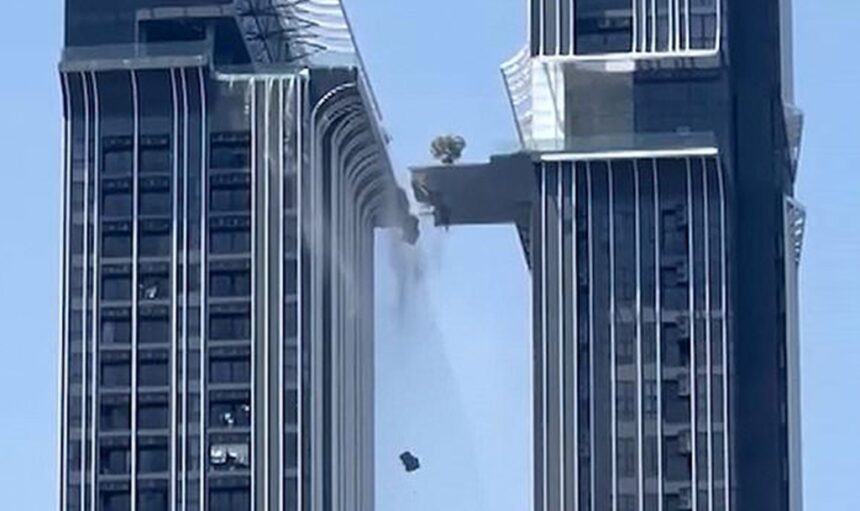A major shift in how insurance companies approach earthquake risks is underway after a powerful 7.7-magnitude earthquake shook Bangkok and surrounding areas in late March 2025. This event has not only left behind significant devastation but has also prompted the insurance industry to reassess its strategies for handling natural disasters.
For years, insurance providers in Thailand bundled earthquake coverage with fire insurance at no extra cost. This approach encouraged property owners to invest in comprehensive policies, but the recent earthquake has highlighted the rising risks posed by natural disasters. As damage estimates climb and the frequency of such events grows due to climate change, insurers can no longer sustain offering free earthquake coverage.
The Thai General Insurance Association (TGIA) issued a statement following the earthquake, announcing plans to rework disaster insurance policies. According to TGIA President Somporn Suebthawilkul, earthquake coverage will now be separated from fire insurance. This means that property owners who want protection from earthquake damage will need to purchase standalone policies moving forward.

The growing threats posed by climate-related disasters and seismic activity in Thailand have made current insurance models unsustainable. After the devastating earthquake, deductibles for structural insurance, often around 20% for high-rise buildings, are expected to increase to 30% or higher. This adjustment reflects the growing risk and helps insurers manage their financial exposure.
Disaster insurance premiums are also set to rise. Insurers argue these changes are necessary to remain financially resilient and prepared for future claims. For example, four major non-life insurers that underwrite large-scale policies—Dhipaya Insurance, Bangkok Insurance, Indara Insurance, and Viriyah Insurance—have highlighted their robust financial stability, but their ability to offer affordable coverage in the face of mounting risks is being tested.
The earthquake served as a wake-up call for all sectors, including businesses, the public, and the government. In Bangkok, an unfinished high-rise building collapsed, trapping individuals and causing fatalities. The soft soil in the city, combined with inadequate construction standards from earlier decades, amplified the destruction.
Insurance companies are now reassessing how risks are evaluated. For buildings under construction, insurers plan to scrutinize factors like the contractor’s qualifications and seismic resilience of the designs. For completed structures, insurance rates and deductibles will likely factor in the intended usage of the building and the profile of its occupants.

Those who own older buildings or structures designed before modern construction regulations may face higher premiums or find it harder to secure adequate coverage.
In response to large disasters, insurers often rely on reinsurance to distribute losses. Reinsurance agreements help insurance providers manage their financial exposure by transferring part of the risk to other agencies, both domestically and internationally.
This strategy ensures that no single company is overwhelmed by claims in the aftermath of a disaster.
For example, Thailand’s insurers typically rely on extensive reinsurance partnerships. Stress tests are conducted regularly to assess their ability to withstand extreme scenarios, ensuring they are financially equipped to handle large-scale events like earthquakes. However, changes to deductibles and premiums indicate that even with such measures, the financial pressure on insurers might increase.
Climate change is contributing to increasingly unpredictable and intense natural disasters. While earthquakes are not directly caused by climate change, their cascading effects—such as landslides or infrastructure collapses—can be exacerbated by environmental factors.
Insurers are urging both private and public sectors to stay prepared. Stronger building codes, better disaster planning, and public awareness campaigns are some of the measures being recommended to minimize the impact of future earthquakes.

While insurance can help cushion financial losses, proactive measures remain essential to reduce risks ahead of time.
Steps You Can Take to Stay Protected with Earthquake Insurance
Thailand’s updated insurance model means consumers must take a more active role in protecting themselves from potential disaster-related losses. Here are actions property owners can take:
- Explore Standalone Earthquake Insurance: Ask your insurance provider about options for earthquake-specific policies. These plans are especially important if you live in a high-risk area.
- Assess Your Current Coverage: Understand what your existing policies include and whether separate disaster coverage is necessary.
- Review Building Compliance: If you own older properties, consider retrofitting or renovating to comply with updated seismic safety standards.
- Create an Emergency Fund: Having financial reserves can help cover deductibles or uninsured damages.
- Stay Informed: Keep up with local regulations and policies that may impact your coverage options over time.
The Bangkok earthquake has marked a turning point in how natural disasters are insured in Thailand. With free earthquake coverage no longer available, property owners must prepare to adapt to higher premiums, larger deductibles, and separate insurance policies. While these changes come with added costs, they are vital for creating a more sustainable system in the face of growing risks.
As insurers and policymakers adjust their strategies, consumers should focus on securing adequate coverage and ensuring their homes and properties are built to withstand future disasters. While insurance provides financial protection, it’s equally important to take proactive steps toward preparedness and safety.
Related News:
Substandard Steel Used in Collapsed Office Building in Bangkok

Geoff Thomas is an award winning journalist known for his sharp insights and no-nonsense reporting style. Over the years he has worked for Reuters and the Canadian Press covering everything from political scandals to human interest stories. He brings a clear and direct approach to his work.














